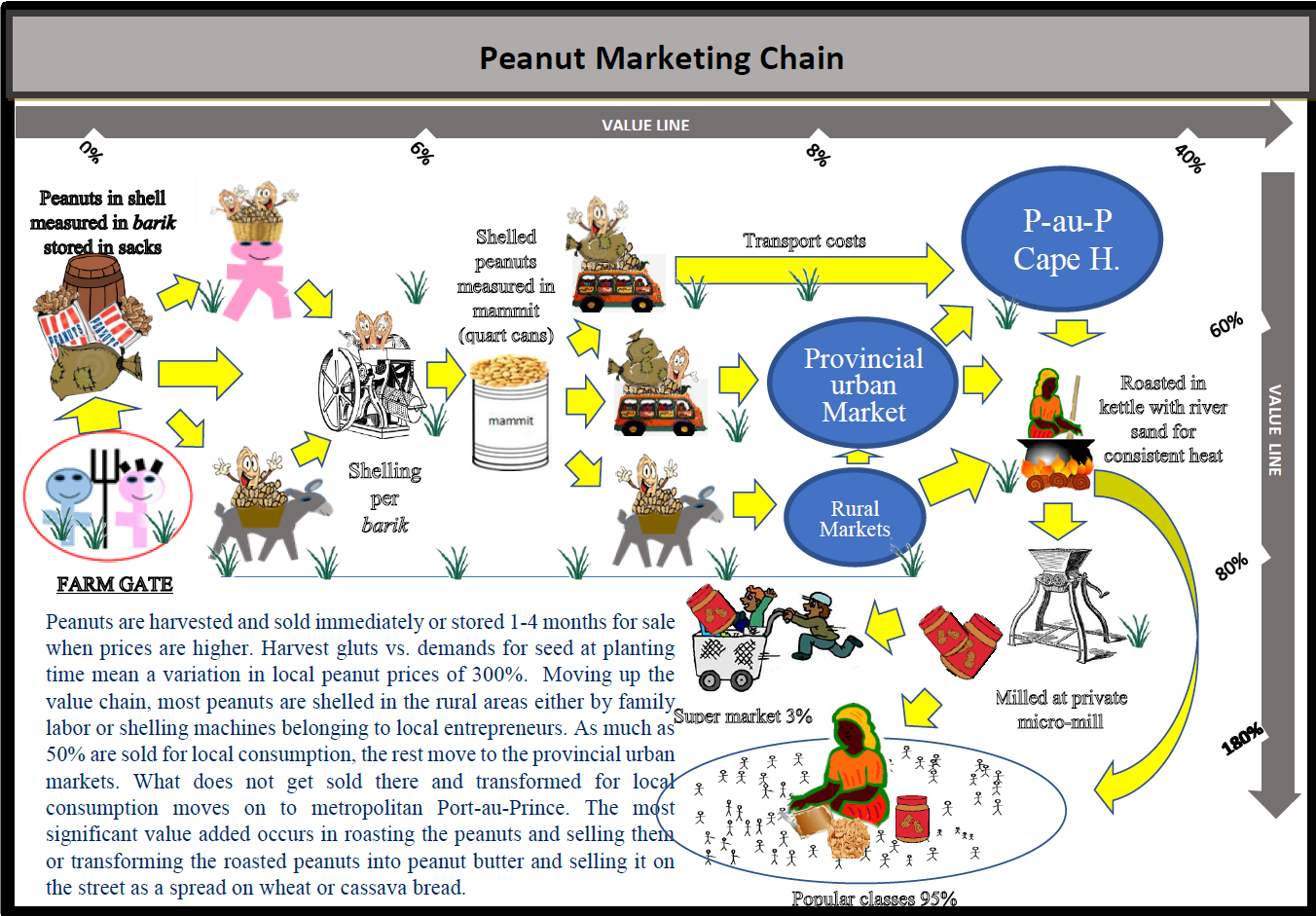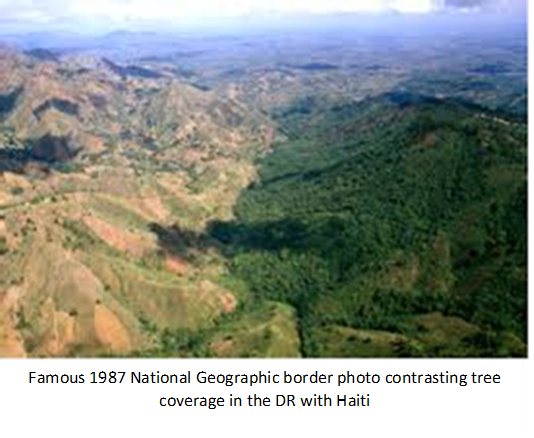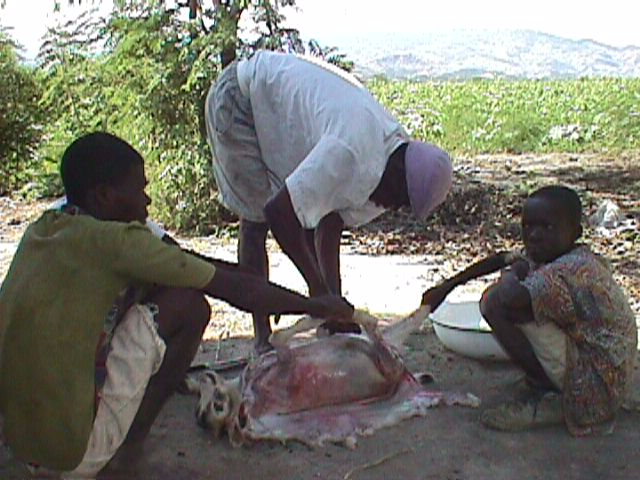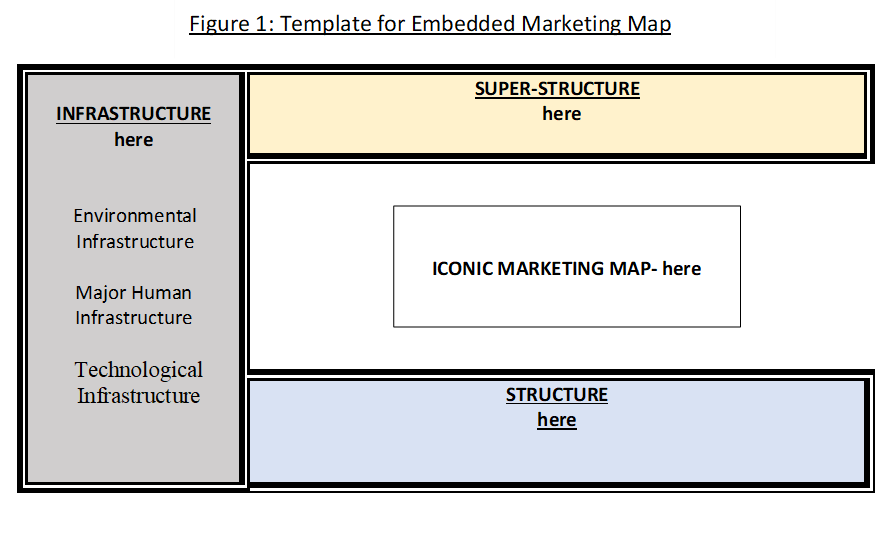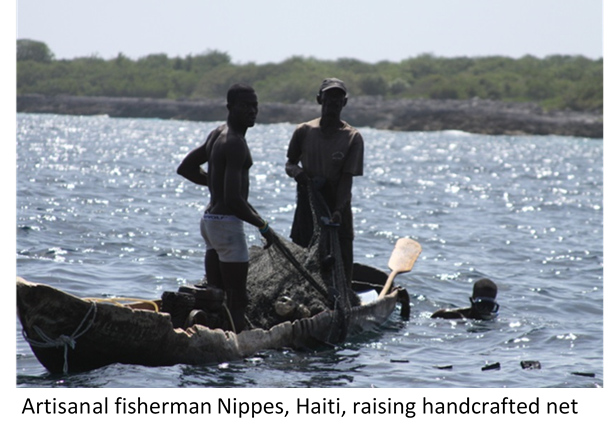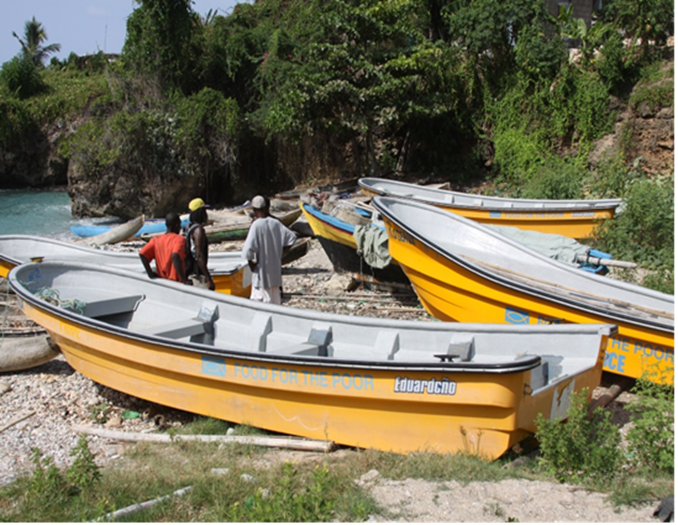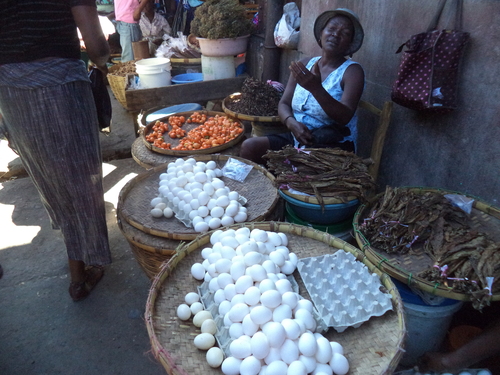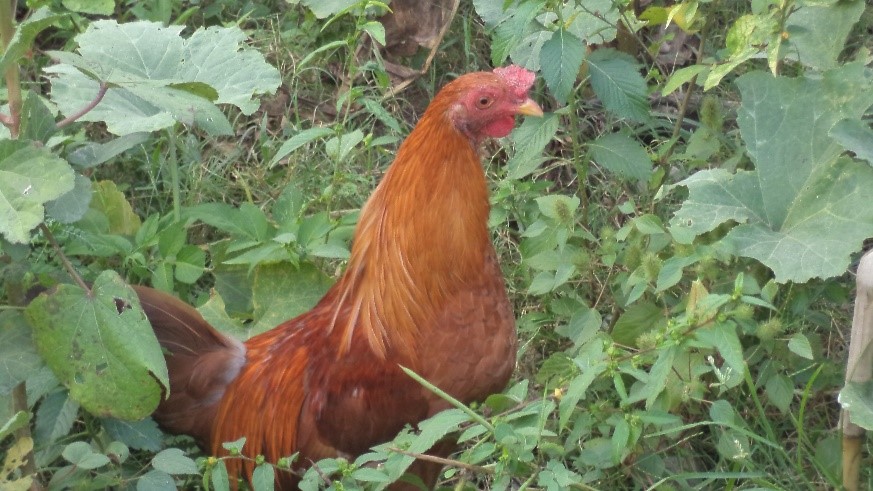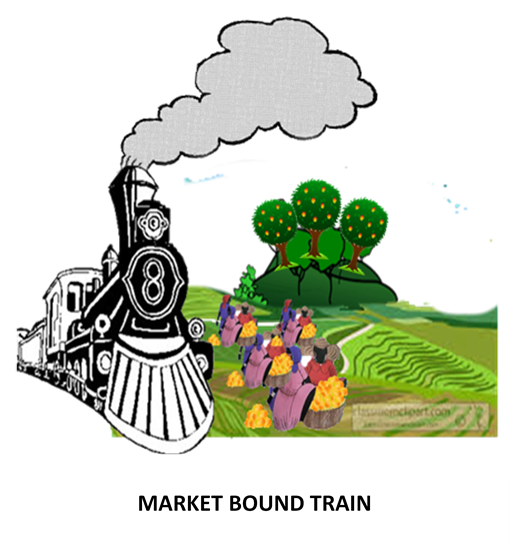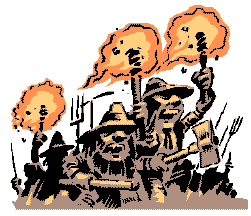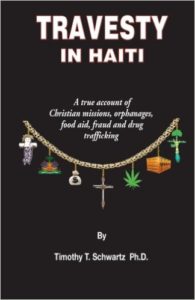The Peanut Ethnographic Value Chain in Haiti
Peanuts are endemic to Haiti. Pre-Columbian Taino Indians planted them. Haitians have always planted and eaten peanut products as, or more frequently, than any other food that is not part of the main mid-day meal. Haitians prefer locally produced varieties over imported peanuts. In this paper we examine the peanut value chain, taste preferences, andRead More
Fruit, Lumber & Charcoal Ethnographic Value Chains in Haiti
Using the MEVMS value chain research and presentation strategy described here, this paper provides a rapid summary of the Fruit, Lumber, and Charcoal value chains in rural Haiti. The research is based on literature review, focus groups and a 405 household survey in the Grand Anse conducted in January 2018 on behalf of Heks-Eper. [Go hereRead More
Goat Ethnographic Value Chain in Haiti
Using the MEVMS value chain research and presentation strategy described here, this paper provides a rapid summary of the goat value chain in rural Haiti. The research is based on literature review, focus groups and a 405 household survey in the Grand Anse conducted in January 2018 on behalf of Heks-Eper; focus groups key informantRead More
Value Chain Mapping Strategy Summary Guide
A value chain can include a limitless number of links to examine and follow and is sometimes confusing for researchers. Thus, drawing on the Cultural Materialist Research Strategy (see Harris 1979) we developed the following technique to rapidly summarize, explain and make recommendations for value chain research and presentation.
Artisanal Fish Ethnographic Value Chain in Haiti
As the Western third of the Caribbean’s second largest island, Haiti has a relatively small continental shelf surface area of 5,860 km2, approximately 20% the size of the entire country (27,750); but it has an exclusive economic zone (EEZ) of mostly deep-sea that is 86,398 km2, three times the country’s landmass and including what couldRead More
Industrial Fishing Value Chain in Haiti
Of the some 26,000 fishing vessels that were plying Haiti coast in 2018, only about 1,200 were involved in what can be called “industrial fishing strategies.” The reader should take note that this is distinct from the modern fisheries using megaton steel ships and massive nets with hydraulic powered wenches and onboard machine powered coldRead More
Formal Sector Egg Value Chain in Haiti
This paper focuses on formal egg production in Haiti. Data is drawn from a review of the literature and contact with farmers, entrepreneurs, merchants, and cooperative leaders. Current value of the Haitian egg market is 36 million USD per annum (MARNDR 2014). That translates to 41.2 million eggs per month; 6.45 million are produced inRead More
Chicken & Egg (Poultry) Ethnographic Value Chain in Haiti
This paper focuses on egg production in Haiti with an emphasis on popular class rural household livelihood strategies. Data is drawn from a review of the literature and contact with farmers, entrepreneurs, merchants, cooperative leaders, and two surveys: a 382 household “Chicken Survey” and a follow-up telephone sub-survey of 91 of the original respondents. ConstraintsRead More
Haiti Anthropology Brief: Origins of the Haitian Internal Rotating Market System
Haiti was born in the latter 18th and early 19th century when 500,000 slaves engaged in a 13-year struggle for freedom and independence that was arguably the deadliest conflict in world history. About half of both the civilian and combatant populations were killed. Many died violently, but a greater number fell ill and died fromRead More
Haiti Anthropological Brief: Land Tenure in Haiti and Myth of Land Insecurity
The most cited explanations for the “failure” of Haitian peasants to invest in improving the land they live on– such as planting mango trees—are often the weakest explanations. And perhaps the most cited reason of all—and the most mistaken– is land insecurity, or what 30 years ago one of Haiti’s most consulted consultants, Gerald F.Read More
